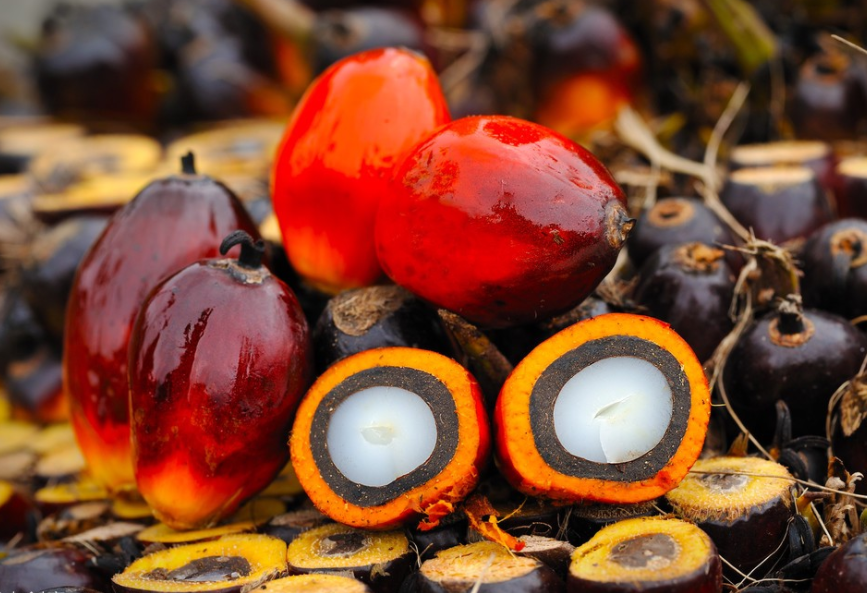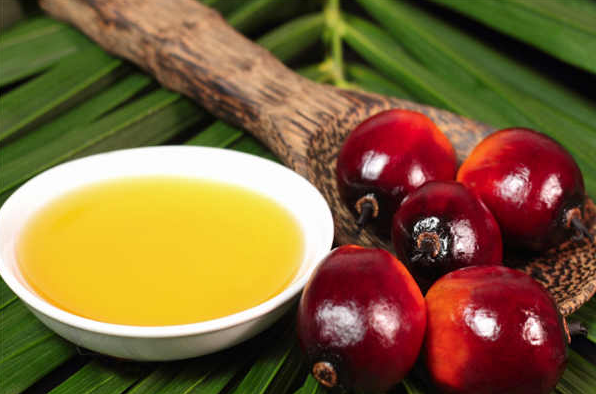In palm oil, acid formation is caused by the hydrolysis of most of the lipase or fatty acid catalase in palm fruit. In undamaged fruits, free fatty acids are very low, but once the cells are damaged, the lipase of the fruit is activated, and the free fatty acids will rise sharply at the initial stage; then, the rise of free fatty acids will slow down until the lipase activity is inactivated. The content of free fatty acids in palm oil actually depends on three factors: the degree of immaturity of the fruit (over-ripe fruits are vulnerable to damage); the degree of pretreatment (sterilization) of the ears; and the harvest and lipase inactivation The time delay between changes.

It is supplemented with the removal of iron when making oil, which can indirectly control the oxidation. At the same time, pay attention to control all environmental conditions that promote the oxidation of grease. Conveyors and hoists are cleaned up regularly to prevent oil pollution from soil and broken materials brought by the planting land. Do not use copper, brass, or bronze fittings to prevent contact between copper and oil. The reason is that copper is a strong oxidant. Keep the temperature as low as possible without prejudice to extract the oil. At the same time, try to make the oil less exposed to the air.

During storage, a refrigerator can be installed behind the vacuum drying section of the factory to reduce the temperature of the oil to 45-50°C before entering the storage tank. After the oil is put into the tank, fill the tank with inert gas (carbon dioxide, nitrogen). Some antioxidants can also be added to the oil to passivate trace metals to eliminate oxidation during the storage of oils. In addition, when a large container is used to store oil, oxidation can also be controlled, and oil splashing during loading and unloading can also be reduced.
Precautions during transportation and unloading: First, the coating of the tank is made of epoxy resin, and the cleanliness of the tank should be checked before loading palm oil. Second, spray and cover with inert gas. Third, the oil load does not spill. Fourth, the oil temperature is maintained at 32-40°C during shipping. Heat the oil before loading to increase its temperature at a rate not exceeding 5°C every 24 hours. Fifth, the oil loading temperature does not exceed 55°C. Sixth, when the deodorized palm oil is transported to the end, it is placed in an epoxy resin-coated oil tank and filled with nitrogen.
If you want to know about palm oil processing technology, please feel free to contact us!
Copyright © Henan Zhongxing Grain And Oil Machinery Co.,Ltd. All Rights Reserved. Powered by MetInfo